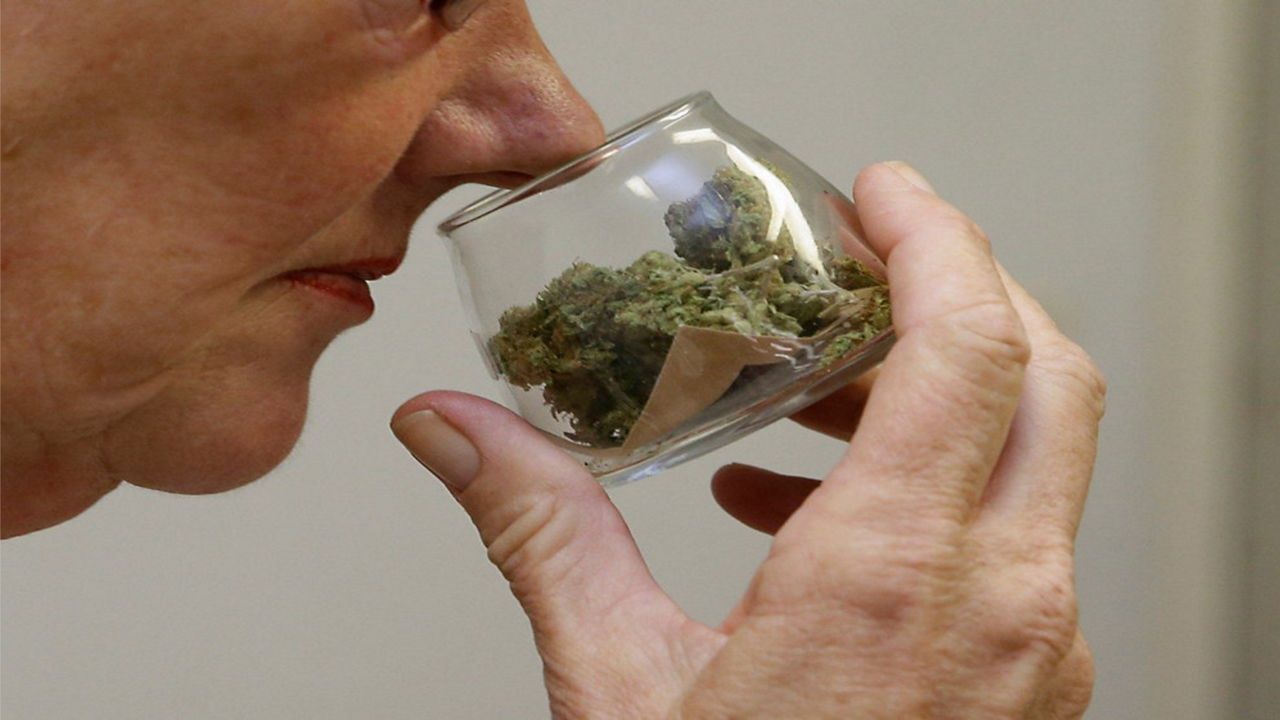Now that Donald Trump is about to become president again, there’s plenty of good news for which he can take undeserved credit. Unemployment is low, inflation is down, gas is cheap and getting cheaper, the stock market is booming, and before long Trump will say it was all his doing. But there’s one positive development that he is unlikely to claim responsibility for or even admit is happening: Crime, especially homicide, is down dramatically from the spike that occurred during the worst of the pandemic in 2020.
The reasons Trump won’t tout declining crime have to do with the way he uses fear and sets Americans from different kinds of places against one another. But while it may be understandable for his critics to throw up their hands in frustration, it would be a shame if they let Trump get away with fooling the public on this score. Trump can be a successful propagandist, mostly because of his audacity and persistence — but not always, and not nearly to the extent he’d like us to believe.
Back here in reality, much of the recent news about crime has been highly encouraging.
Trump’s message about public safety has been consistent long before his time as a candidate and as president: Crime is out of control, it’s getting worse by the day, and it’s especially bad in cities, which are nightmares of mayhem and terror. In his first inaugural address eight years ago, Trump said we were suffering through “American carnage” that he would bring to an end. Yet while there was seemingly nothing he wouldn’t boast about, as president he never claimed he had created a world of perfect safety.
And when a few of the thousands of protests that took place after the murder of George Floyd turned violent, he claimed that America’s cities had turned into thunderdomes of bloodshed — then kept saying the same thing for the next four years even as the Covid crime spike dissipated.
Back here in reality, much of the recent news about crime has been highly encouraging. Boston has recorded only 24 homicides in all of 2024, the fewest since 1957. In San Francisco, which conservatives often describe as emblematic of urban decay, there have been only 34 homicides, the fewest since 1960. Detroit had fewer homicides in 2023 than in any year other since 1966, and this year’s total will be even lower. More broadly, the FBI’s most recent quarterly crime report found that violent crime decreased by 10% from the year before, with violent crime in Washington, D.C., hitting a 30-year low.
Of course, crime rates haven’t fallen uniformly in all places or in all categories. And somehow, all the guns in the United States haven’t made Americans safer than residents in most peer countries. But in the aggregate, it seems that the pandemic-era crime spike has reversed.
That’s good news for all of us — except for Trump, who would prefer Americans live in a state of constant anxiety and fear. He has gotten great mileage out of convincing his most ardent supporters (especially those in rural areas and small towns) that cities are terrifyingly violent, driven to chaos by Democratic mismanagement.
So perhaps it’s time Democrats started making more noise about the places that have succeeded in reducing crime — not just to cheer, but to get people talking about which policies worked and how we might prevent future increases in crime rates.
Unfortunately, this isn’t a topic Democrats generally like talking about. They know that most Americans usually say crime is rising even when it’s falling (or at least that’s what they tell pollsters). And Democrats are always afraid of being called “soft on crime,” even when their policies succeed.
Unfortunately, this isn’t a topic Democrats generally like talking about.
The first step to getting over their own fear is to understand that Trump doesn’t have magical powers of persuasion. His message will never change; he’ll always say that in American cities, “you can’t walk across the street to get a loaf of bread. You get shot. You get mugged. You get raped.” But he makes ludicrous claims on many issues, and most people don’t believe them reflexively. Even many of his own supporters think he exaggerates for effect.
Dominance of the media landscape doesn’t equal persuasive powers. Ronald Reagan’s mastery of the medium of television was so striking that media scholars wrote books about how he transformed presidential communication. Yet his deft use of the dominant medium of the day didn’t translate into endless political success.
Reagan was re-elected handily, but many of his policy initiatives failed, and he was, in fact, not all that popular compared with other presidents before and after. His average approval rating was higher than Gerald Ford’s, Richard Nixon’s or Harry Truman’s but lower than Lyndon B. Johnson’s, John F. Kennedy’s, Dwight D. Eisenhower’s, George H.W. Bush’s and Bill Clinton’s.
Propaganda has its limits, even in the hands of a skilled performer like Reagan. Yet many people, including many reporters, mistakenly assumed that since Reagan was so at ease on screen and his team so proficient at creating photo-ops, the public must have been convinced of what he was saying.
There’s a temptation to make the same assumption about Trump today: He dominates the contemporary media environment, so of course his propaganda must be successful. But that will be the case only if it goes unanswered. And since Trump will keep trying to make us all afraid that we’ll be murdered whenever we leave the house, Americans deserve a debate on crime that might lead to more effective policies. Even if we run the risk that one day Trump will take the credit.















